Ismail Rabbi, cassava breeder at IITA, recently shared his documentation of some cassava food product trials that took place in Nigeria. Two cassava food products were made from NextGen cassava varieties: gari, a rough meal made of fermented, grated cassava, and fufu, a flour made from pounded cassava. Gari and fufu are prepared in a variety of ways, and provide the starch portion of a meal of soup or meat in several countries in West Africa. Because these are popular ways to eat cassava, it’s important that breeders test the quality of the gari and fufu that their varieties produce. Here is a collection of photos of the process of making these important staple foods.
Ismail explains that for each variety, they start with 20 kg of roots. The roots are peeled, washed and soaked for three days, where fermentation occurs. Once the cassava becomes soft, the water is poured off and new clean water added. This is again poured off and the fufu is drained before oven drying. You can see that each variety is clearly labeled each step of the way.
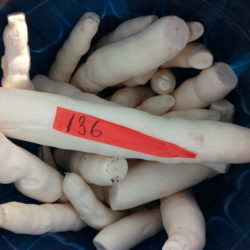
Cassava roots are peeled, 20 kg are weighed out, portioned and labeled.
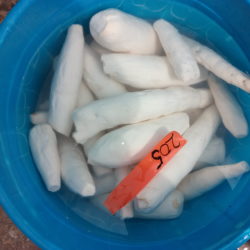
The roots are then soaked for 3 days.
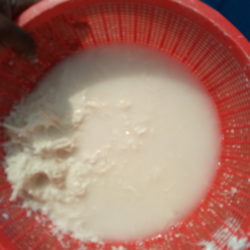
After the three-day soak, the water is removed, and fresh water is added.
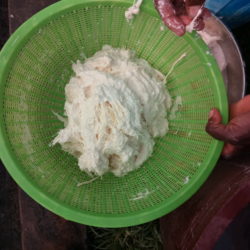
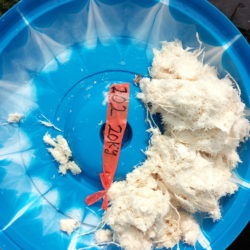
The chaff, or fibrous bits, are removed from the cassava with a sieve.
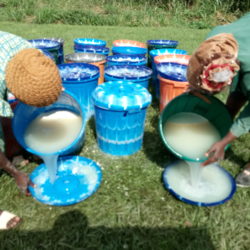
Once the fufu settles to the bottom of the bucket, the water is poured off, and the fufu is pounded or consolidated into a solid mass, which is prepared and eaten.
Many IITA employees were involved in this endeavor!
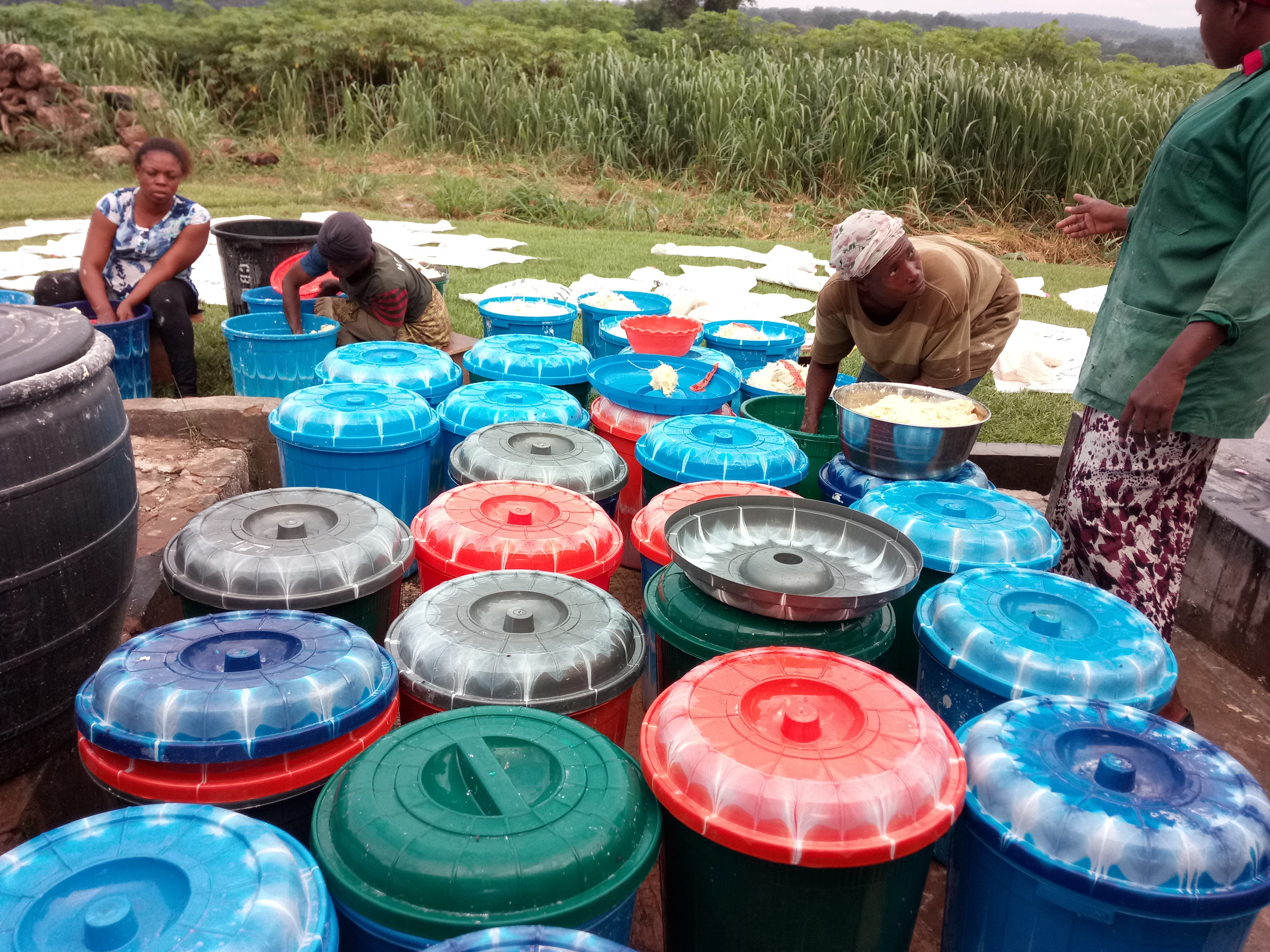
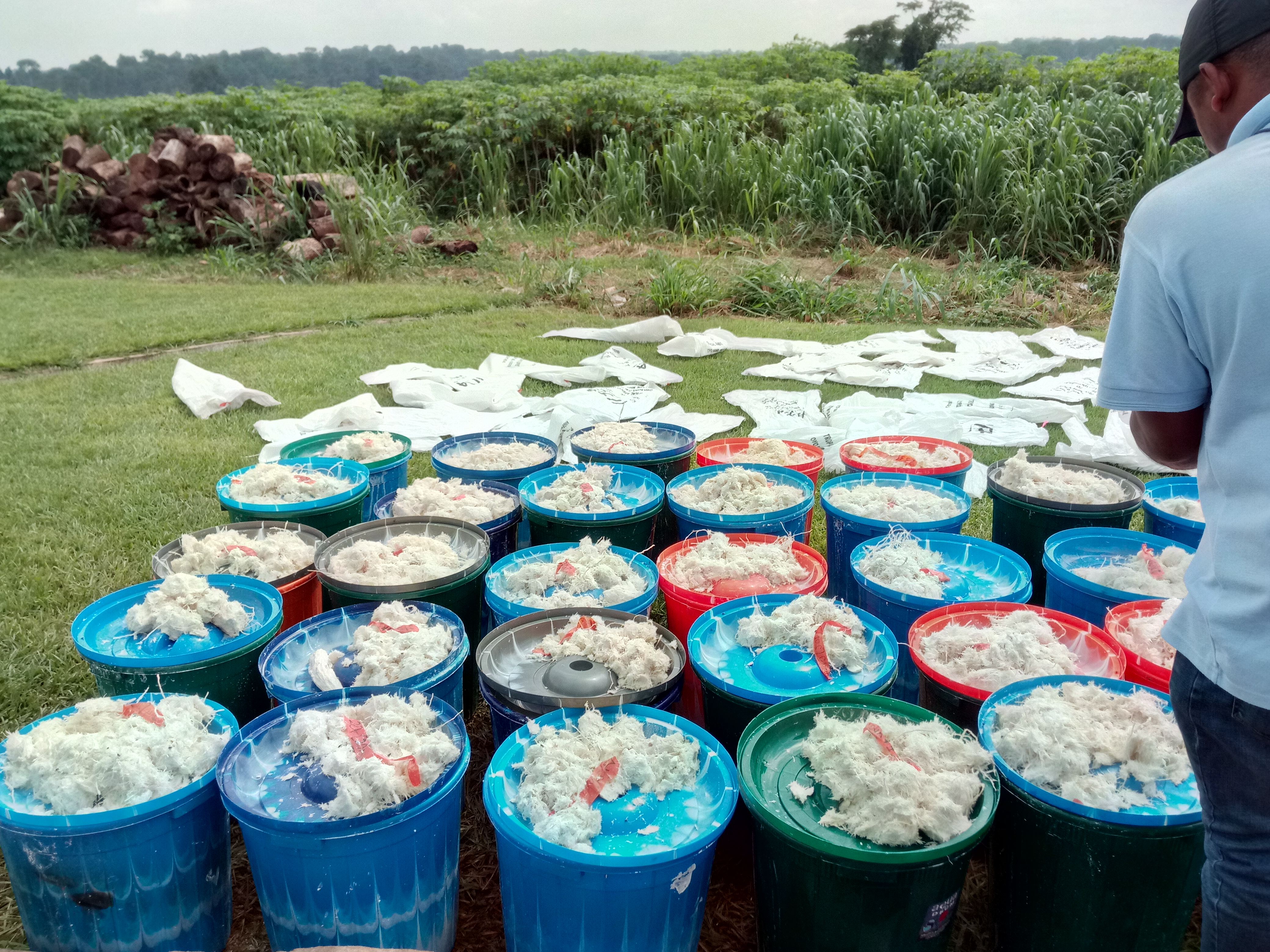
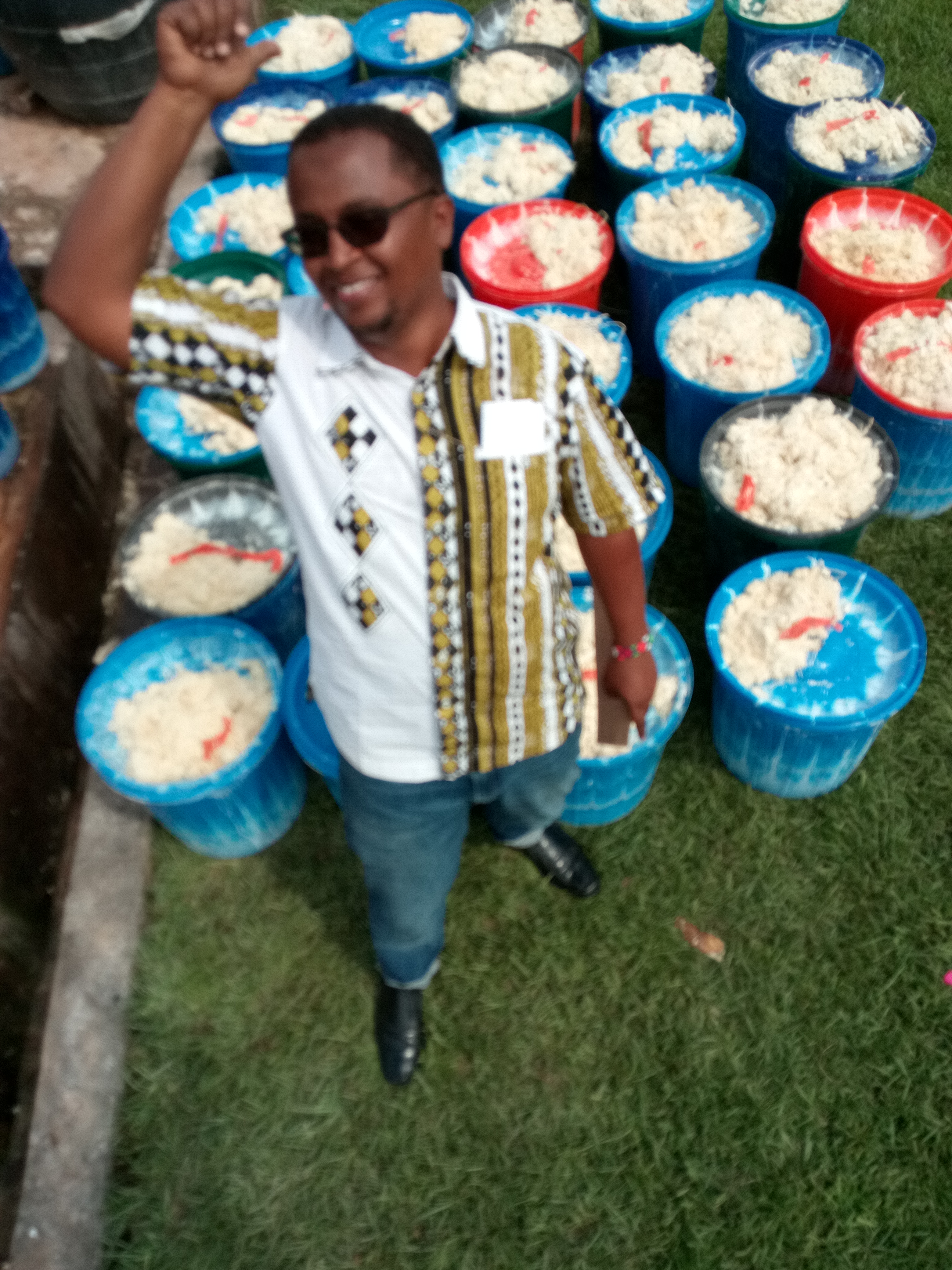
Ismail, pictured above, says, “Why do we do all this? Because we want to provide farmers with varieties that are not only high yielding but also produce good and sufficient food.”
Making gari also involves fermentation. But unlike fufu, which must be consumed fairly rapidly, gari is a dry meal that can be stored for months and prepared in different ways.
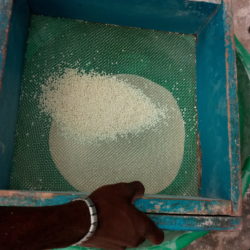
Mashed cassava roots that have been pressed and dried are passed through a sieve.
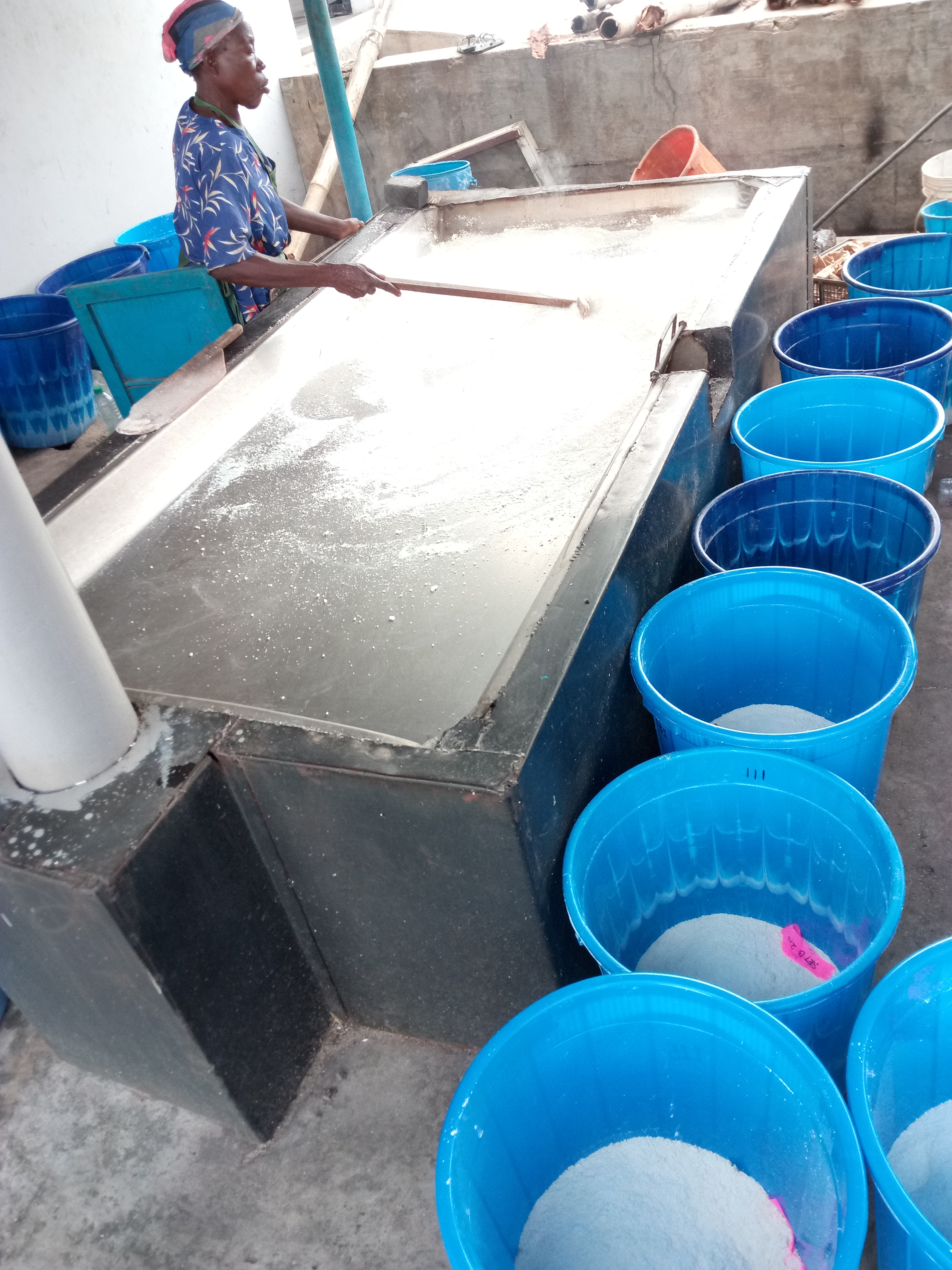 The resulting granules are fried, and then may be pounded further to make a finer flour.
The resulting granules are fried, and then may be pounded further to make a finer flour.
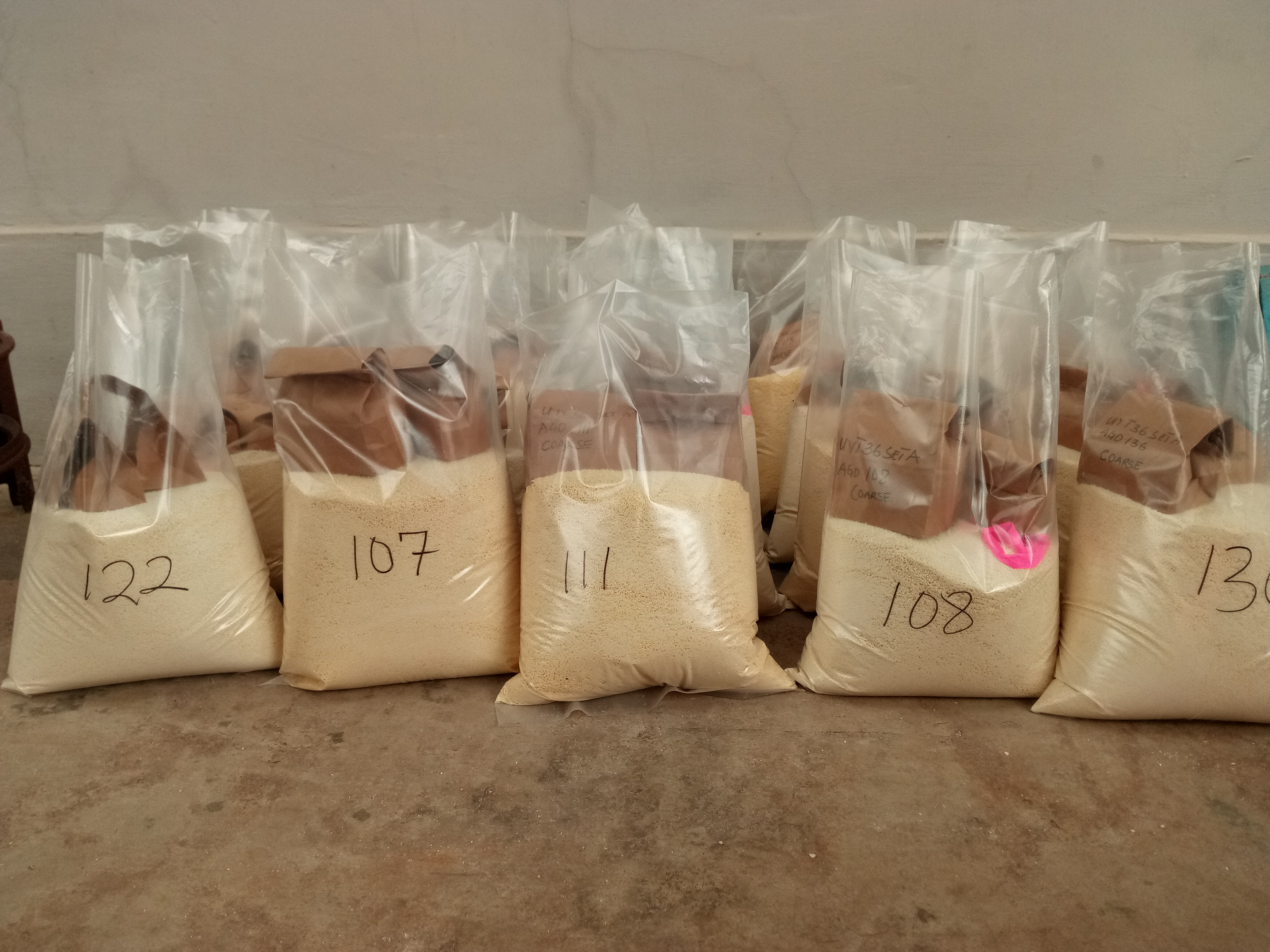
The final product may be stored for future use. IITA’s final gari products are bagged, and as always, carefully labeled for testing.





